For most birds, reproduction is a life process that takes up a lot of time and energy. There are huge energetic costs to a female bird with respect to mating, egg-laying, incubating the eggs and feeding hungry chicks for many weeks or months. Some birds also migrate vast distances across land and sea before breeding can commence, using up even more time and energy. Breeding for a bird is a lot of hard work.
So, if a bird found an easier way to become a successful breeder, we would expect that behaviour to be favoured by natural selection and become fixed. In about 1% of all bird species, that’s exactly what has happened: it’s called brood parasitism.
Brood parasites are birds who have learned how to make the parenting process much easier. They still have to find a partner and mate successfully, but instead of the female bird laying her eggs in a nest that she and/or her partner made, she stealthily lays them in the nest of another bird. Intraspecific brood parasites lay eggs in nests belonging to birds of their own species, compared to interspecific brood parasites who target other bird species.
Benefits and advantages for the brood parasites:
- Increased breeding output
- Minimal energy expenditure because they don’t defend a nest, incubate eggs or feed chicks.
- Genes passed on to the next generation.
Costs and disadvantages for the host birds:
- Decreased breeding output
- Expending more energy raising someone else’s offspring, especially if the parasitic chick is very large as more food will have to be found.
- Not passing on genes to the next generation.
Generalists and Specialists
Some brood parasites put their eggs into the nests of a wide variety of other species. These are called generalists. An advantage of this behaviour is the flexibility it offers. Generalists can be successful in many different places and at almost any time, as long as a suitable host bird is nesting nearby.
Alternatively, brood parasites can be specialists. They will target one species to be the host of their egg/s. The limiting factor in this approach is the lack of flexibility, as parasites must live close to their host species or spend time and energy travelling to find them during the breeding season.
Brood parasites in New Zealand
Cuckoos are the most famous brood parasitic birds worldwide. In New Zealand, two migratory species of cuckoos arrive on our shores in September and October each year. The shining cuckoo/pīpīwharauroa (Maori name) is the smaller of the two species. These small birds fly all the way from the Solomon Islands and the Bismarck Archipelago, a distance of more than 5000 kilometres. On arrival in NZ, shining cuckoos/pīpīwharauroa seek out their target host species, the tiny grey warbler/riroriro, in forests and gardens across the whole country.
Long-tailed cuckoos/koekoeā fly to NZ from even further away. They spend winter in an arc of Pacific Islands which extends from Henderson Island (Pitcairn group) in the east to Palau in the far west of Micronesia. A long-tailed cuckoo/koekoeā migrating from Palau to NZ will fly more than 6700 kilometres – perhaps that’s why they don’t have the energy to be a ‘normal’ bird parent. They arrive in NZ in September and October to begin searching for their target host species. In the North Island, they look for a small bird called the whitehead/pōpokatea in tall, mature forests. The forests of the South Island have two host species for long-tailed cuckoos/koekoeā: the brown creeper/pīpipi and the rarer yellowhead/mohua. All three of these host species are endemic to NZ and closely related.
Strategies of a successful brood parasite
- Be selective. Brood parasites take their time to find the best host ‘mum’ to be a surrogate parent for their offspring. In human terms, this is a like parents shopping around to find the very best day care centre for their toddler. Before putting her eggs into a host’s nest, the parasitic bird will watch a potential ‘mum’ closely to appraise her age, condition, singing ability, territory location, size of the nest and its location. These factors will contribute to the parasite’s final choice of the best host for the job.
- Team Work. Some parasitic bird pairs work together to achieve their goal. For example, male great spotted cuckoos in Southern Europe will stage an attack on an unsuspecting pair of magpies. The male cuckoo appears in full view of the magpies to divert their attention and launch a pretend attack. Meanwhile the female cuckoo sneaks into the magpies’ nest to quickly lay her egg. This risky egg-laying behaviour is only possible because both the male and female are working as a team to ensure the hosts don’t see what’s happening.
- Egg mimicry and timing of laying. Parasitic bird eggs have evolved over time to look and feel very similar to the host’s eggs, a concept called egg mimicry. This reduces the chance of egg rejection by the host. Their eggs also usually have thicker shells than the host’s eggs. Parasitic birds will also strategically time their egg laying. By waiting until the host has already laid a few eggs, the parasitic female ensures that incubation is already underway.
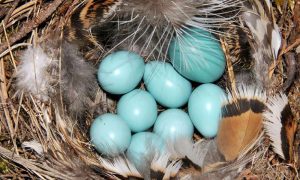
The larger blue egg is that of the parasitic common cuckoo. The cuckoo’s egg looks very similar to those of the host, a common redstart
- Chicks who are bullies. Brood parasite eggs generally hatch earlier than the host’s eggs. The parasitic chicks use strategies like pushing the host’s eggs and chicks out of the nest or stabbing chicks with a special hook on their beak. Imposter chicks also tend to make louder, more frequent begging sounds to ensure they get all the food from host parents. Some species like NZ’s shining cuckoo have chicks who can mimic the begging call of a grey warbler’s chicks, ensuring the host is fooled into feeding them.
- Total destruction of eggs. Sometimes a cuckoo misses the chance to lay her eggs at the optimum time. As an extreme measure, she will destroy the entire egg collection in the host’s nest. This behaviour is like a reset for the host bird to start over with breeding. She will probably mate again and lay another clutch of eggs while the watchful parasite bird prepares to intercept at just the right time.
Can host birds fight back?
Brood parasitism is a classic coevolutionary “arms race”. Each time a host species evolves a new behaviour to defend against brood parasitism, the parasite species evolves a new trait which makes its breeding strategy more successful. Here are a few ways in which hosts can fight back.
- Egg recognition. Many host birds have evolved to be experts at egg recognition. They will recognise and then reject eggs which look different to their own. Sometimes a host will even leave its nest entirely if a strange looking egg appears. However, brood parasites have adapted to this selection pressure by either becoming generalists (they parasitise multiple species) or producing eggs which are almost identical to the host’s eggs (egg mimicry).
- Chick recognition. Some host ‘mums’ are able to recognise and reject chicks which are not their own. However, rejecting chicks carries the risk of mistakenly rejecting their own chicks. If the rate of parasitism is very high, selection for accurate chick recognition will be stronger.
- Nest features. Species that commonly get parasitised may deploy nesting tactics to minimise interference. Their nest may be well camouflaged to avoid detection. The nest’s location could be away from places where parasitic birds can sit. The nest entrance may be too small for the brood parasite to enter. For example, the grey warbler’s nest entrance is tiny, preventing shining cuckoos from entering. But the cuckoo manages to parasitise their nests regardless. Researchers suspect the egg is laid elsewhere then carried in the cuckoo’s beak up to the warbler’s nest and carefully deposited inside.
Should we be concerned about brood parasitism?
As our climate changes and the human population continues to increase, natural habitats such as forests are disappearing due to fires, logging, agriculture and urban sprawl. For bird species that are already in decline due to habitat loss, brood parasitism may pose a significant threat, especially if generalist parasites increase in numbers. Reproductive success will be compromised at a time when the population is already decreasing. The combined pressures could become too much, putting the species at risk of localised extinction.
On the bright side, a brood parasitic species can’t survive without its host species. Parasitic birds often wait until their target host has raised one clutch of offspring before parasitising the second nest. This is a behaviour which will give rare host species a helping hand.
Grey warblers will often raise a family of chicks successfully early in spring, before the shining cuckoos arrive in NZ from their long migratory journey. Even if the grey warbler’s second nest gets targeted by a shining cuckoo, they have already contributed their genes to the next generation and hopefully the behaviour of early nesting was also passed on to their offspring.
For rarer NZ bird species such as the yellowhead/mohua and whitehead/pōpokatea, being less successful breeders due to parasitism by long-tailed cuckoos/koekoeā is a concern to conservationists. Long-tailed cuckoos are also able to parasitise the nests of the more common brown creeper/pīpipi in the South Island. As yellowhead numbers decrease, brown creeper numbers may also begin to decline due to being parasitised at a higher rate. In the North Island, whiteheads are increasing in numbers due to human conservation efforts which will hopefully help to mitigate the negative effects of brood parasitism.
Conclusion
Brood parasitism represents a rare and unusual parenting strategy. There are many benefits for the bird who does the parasitising such as avoiding most of the hard work involved with being a parent.
Brood parasitism is a great example of coevolution in which the evolutionary “arms race” is played out in the privacy of a nest or within the boundaries of a territory. There will always be winners and losers in this host-parasite exploitative relationship. What we must try to do is reduce or eliminate human-related pressures which adversely affect the breeding success of birds. By helping to conserve native bird species and their habitats, we’ll be supporting them to withstand the negative impact of brood parasitism long term.
Further reading:
- NZ Birds Online:- Shining cuckoos/pīpīwharauroa
- NZ Birds On Line:- Long-tailed cuckoos/koekoeā.
- The coevolutionary biology of brood parasitism: a call for integration
Photo Credits:
Common cuckoo chick in the nest of a tree pipit.
Vladlen666/WikiMedia Commons (CC1.0)
https://www.sciencenews.org/blog/wild-things/cuckoos-may-have-long-lasting-impact-other-birds
Shining cuckoo/pīpīwharauroa being fed by its host parent, a grey warbler/riroriro.
Photography by Robin Colquhoun. From NZ Birds Online: http://www.nzbirdsonline.org.nz/species/shining-cuckoo#bird-photos
Whitehead host parent feeding a young long-tailed cuckoo. Photography by Adam Clarke.
From NZ Birds Online: http://nzbirdsonline.org.nz/species/long-tailed-cuckoo
The larger blue egg is that of the parasitic common cuckoo. The cuckoo’s egg looks very similar to those of the host, a common redstart. Photography: Dr. Tomas Grim. https://phys.org/news/2018-05-russian-cuckoo-invasion-alaskan-birds.html
Common cuckoo chick in host nest. Photography by Per Harald Olsen (CC BY 2.0)
https://www.birdorable.com/blog/bird-term-brood-parasite/





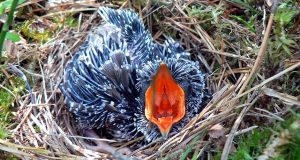
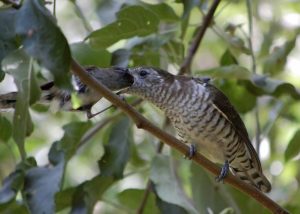

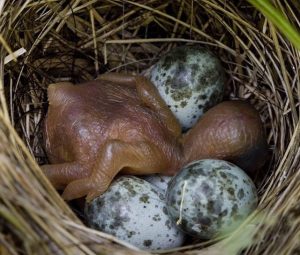

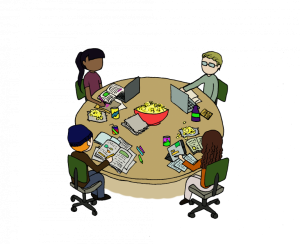
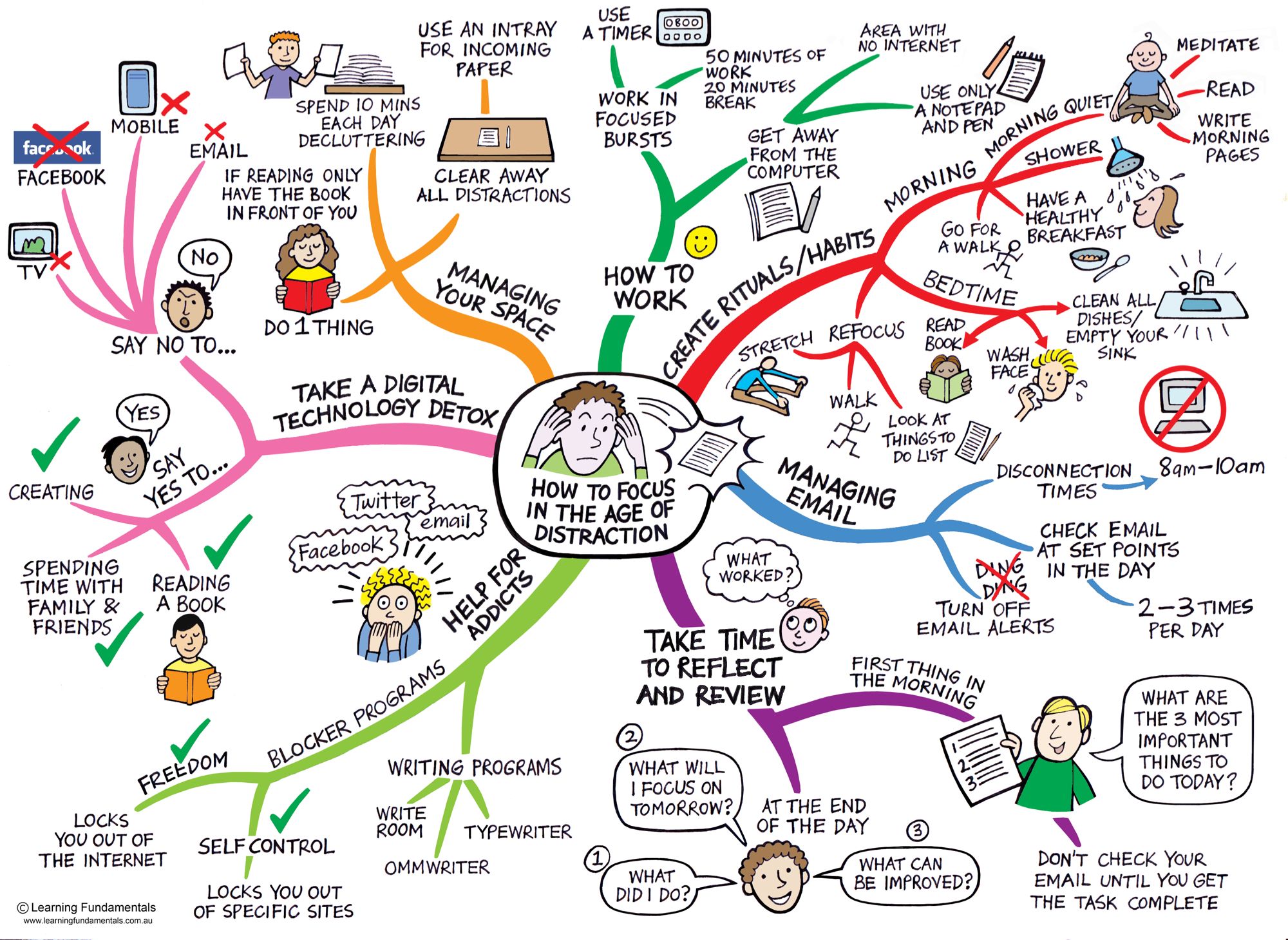



Recent Comments